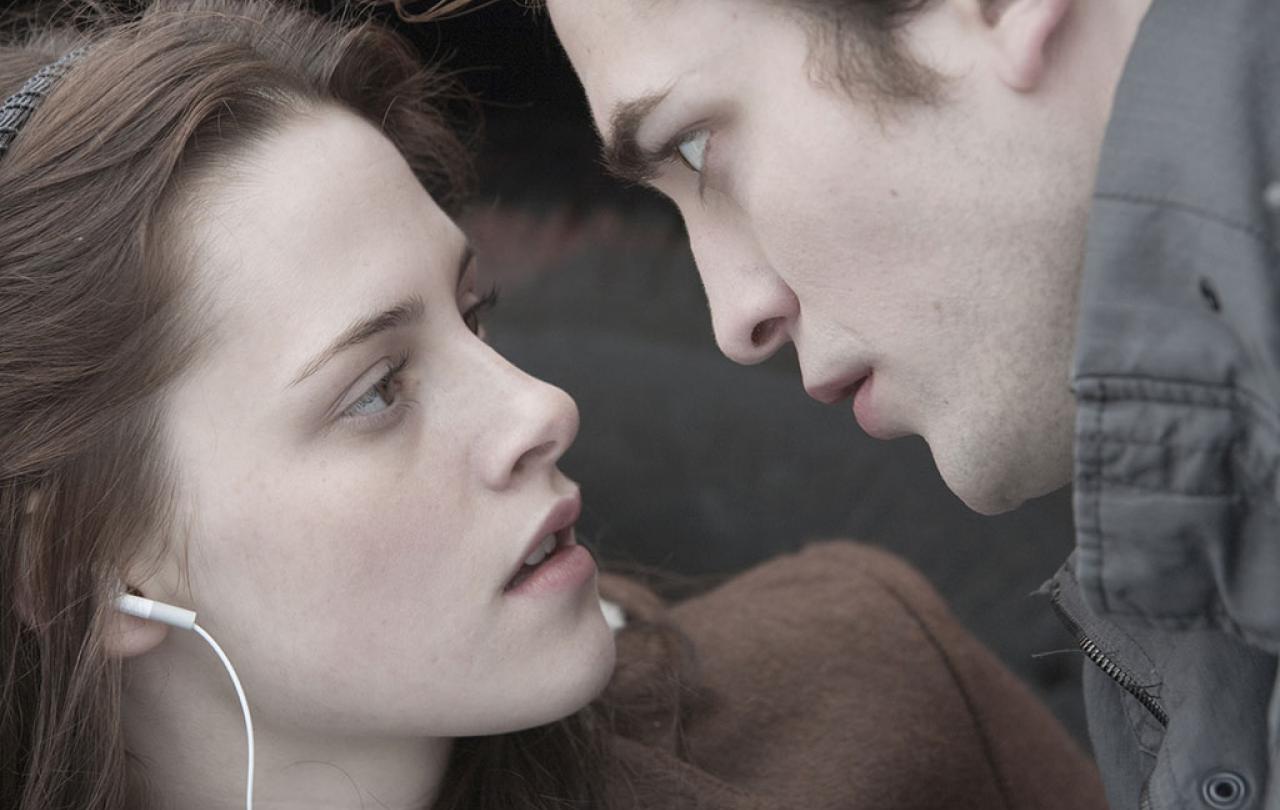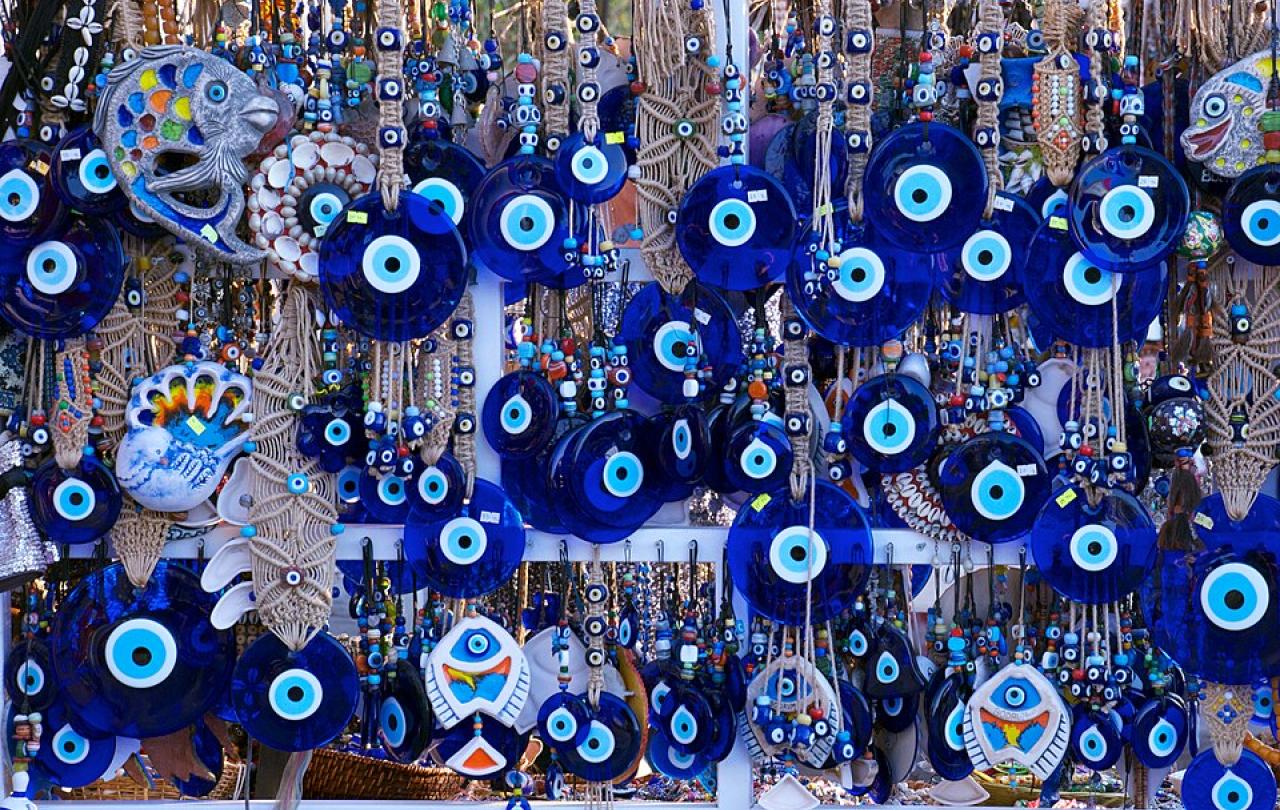
Writing from his new book, A Guidebook to Monsters, Ryan Stark delves into humanity’s undying passion for all things gothic. In the first of a two-part series, he asks what is so irresistible about vampires, what do we want from them, and what’s the deal with the armadillos?
Historians point to John Polidori’s The Vampyre as that vital moment in Western vampire lore when the grisly undead creature becomes instead a Casanova. London, 1819. Lord Ruthven, the suave vampire in question, seduces young women and orchestrates chaos in the lives of others—all for his own carnal pleasure. Importantly, he does this by way of persuasion, not rote coercion, which illustrates a key aspect of the modern vampires’ modus operandi. They prefer romance to compulsion, seduction to force. They prefer thrall, almost to the end, at which point the monster fully emerges and the victims fully grasp that their good senses have been compromised. But by then it is too late.
“None are more hopelessly enslaved than those who falsely believe they are free,” Goethe once observed. Similarly, none are more hopelessly enslaved than those who believe themselves to be dating vampires.
To resist, however, is easier said than done. Even Buffy the vampire slayer succumbs to thrall, so much so that she invites Dracula to bite her. And he happily obliges, if “happily” is possible in the mind of a vampire. Later, having sobered up from the ordeal, Buffy stakes the villain, but we are nonetheless left with an uneasy feeling. Despite all her experience, despite all her kung-fu knowhow, Buffy still crumbles in the wake of thrall, at least temporarily, putting herself in grave danger and eliciting from us a pressing set of questions. How could this have happened so easily? Will this happen again? Are women attracted to men in capes?
Much like kryptonite, vampire magic also affects Superman. Two vampires have so far succeeded in hypnotizing him. Crucifer, not fortunate in name, enthralls our protagonist and sends him on several errands, until the Man of Steel has a moment of clarity, as the alcoholics call it, at which point he punches the ancient vampire through the heart. Dracula, too, disguised as an aristocrat named Rominoff, charms our superhero rather easily and then bites him on the neck, only to explode—hilariously—on the premise that Superman’s blood is tinged with sunlight. A moment of dream logic used to subvert the expectation that superblood might somehow benefit the Count.
Lord Ruthven of Polidori fame also wanders into the DC Comic Book Universe and, per usual, charms his way through problems, until he inadvertently skewers himself on a war memorial. Before this happens, however, we get the strong impression that Ruthven could beguile Superman with ease, if given the chance: that pens are mightier than swords and always have been.
On the contrary, vampires have a long history of not pointing to Heaven. Instead, they gild the lily. In their attempt to out-gothic the gothic, they turn their style inwardly upon themselves.
Psychoanalysts observe that to empathize with sociopaths is to negate the self most dangerously. They are right, I think, and right—too—that self-erasure proves difficult to recognize at times, because it feels like love. Such is the predicament of those who hope to rendezvous with vampires. Perhaps they have a death wish, some will say, or maybe a savior syndrome, as if they are to save the brooding scoundrels. As if they can. Regardless, the monsters have another plan entirely. As an early church father once explained, those who dine with the devils should bring long spoons.
Not that vampires are particularly good at banquets. They inevitably exaggerate, like the Macbeths as they welcome King Duncan to the castle: “All our service,” the lady says, “in every point twice done and then done double.”
Or recall the embroidered hospitality of Bela Lugosi’s 1931 Dracula, caught between silent film and sound: “I bid you welcome,” he says, acting out the part as if the audience must see the motive on his face. A perfect moment when the silent cinema and talking pictures conspire to produce the quintessential vampire ethos, an overstated affectation framed for the modern age. The bow of pretended humility, the elongated gesture, the monumental gravity. The outfit.
Some speculate that if vampires were able to see themselves in mirrors, they would reconsider their wardrobes. We have reason to think otherwise. Of course, the true gothic is not the vampire aesthetic, because the true gothic always points to Heaven, as in Notre Dame Cathedral, for instance, or Westminster Abbey. On the contrary, vampires have a long history of not pointing to Heaven. Instead, they gild the lily. In their attempt to out-gothic the gothic, they turn their style inwardly upon themselves, incurvatus in se, which signals not grandeur but rather self-apotheosis. In essence, vampires are their own cathedrals, and with this premise proceed accordingly, candelabras in tow.
If the vampire could only find pleasure in chocolate, if he could laugh with children, if he could be loved like Bella loves Edward in The Twilight Saga, then maybe there is hope enough in the world for all of us.
Longinus, in On the Sublime, uses the term “frigidity” to describe the emotional effect produced by such false grandeur. He means to convey both rhetorical and metaphysical coldness, as does Dante, who places the Devil in a block of ice at the Inferno’s gaudy center. As does Stanley Kubrick, too, who freezes the possessed Jack in the maze at the end of The Shining. And somewhere near the frozen middle of Hell we find the vampires, those who betrayed the strangers in their midst and preyed upon the lonely and the desperate. But now they only devour themselves. We are punished by our sins, not for them.
On a side note, and concerning the vampire’s many choristers, the opening scene of Lugosi’s Dracula features three armadillos. They wander about the castle and mind their own business, it seems, as wolves howl and spiders weave their webs. On how they got there we do not know, but the armadillos further confirm Longinus’s additional point that the ridiculous and the sublime bear a family resemblance.
What, then, are we to make of the vampires who sparkle and the vampires with souls? Or, if not in the direction of the dreamy, then in the theater of the absurd: Count Chocula, the mascot for a popular breakfast cereal, or the puppet Count von Count from the children’s program Sesame Street, who teaches viewers how to add and subtract—hitting all the numbers with his heavy Transylvanian accent. We might deem these manifestations too unserious to be taken seriously, but in fairness to the spirit of Count Chocula, perhaps something else happens here. Namely, we find more variations upon the culture-making effort to rehabilitate the demonic, and the almost demonic, as the case might be.
If the vampire could only find pleasure in chocolate, if he could laugh with children, if he could be loved like Bella loves Edward in The Twilight Saga, then maybe there is hope enough in the world for all of us. Indeed, maybe some vampires have grown tired of being vampires. That said, we do well to heed the old Transylvanian proverb, lest we over-empathize with the villains: the sane would do no good if they made themselves monsters to help the monsters.
A recent meme depicts the real Dracula in the company of Count Chocula, Count von Count, The Twilight Saga’s Edward, and several other less-than-scary princes of darkness, at which point Dracula laments that the vampires have lost their edge.
And, true, I have yet to comment on psychic vampires and flaming extroverts, which is an oversight to be sure. As a corrective, and by way of conclusion, I observe the following: for twenty-seven dollars, one can buy a beaker of psychic vampire repellent from Gwyneth Paltrow’s Goop Store in Beverly Hills, California. The Paper Crane Apothecary makes the product, which—with an essential blend of rosemary, lavender, and juniper—protects against the fiends who corner people at parties. At present, however, shipping will be difficult: the website tells me “This item is sold out.”
From A Guidebook to Monsters, Ryan J. Stark. Used by permission of Wipf and Stock Publishers.





